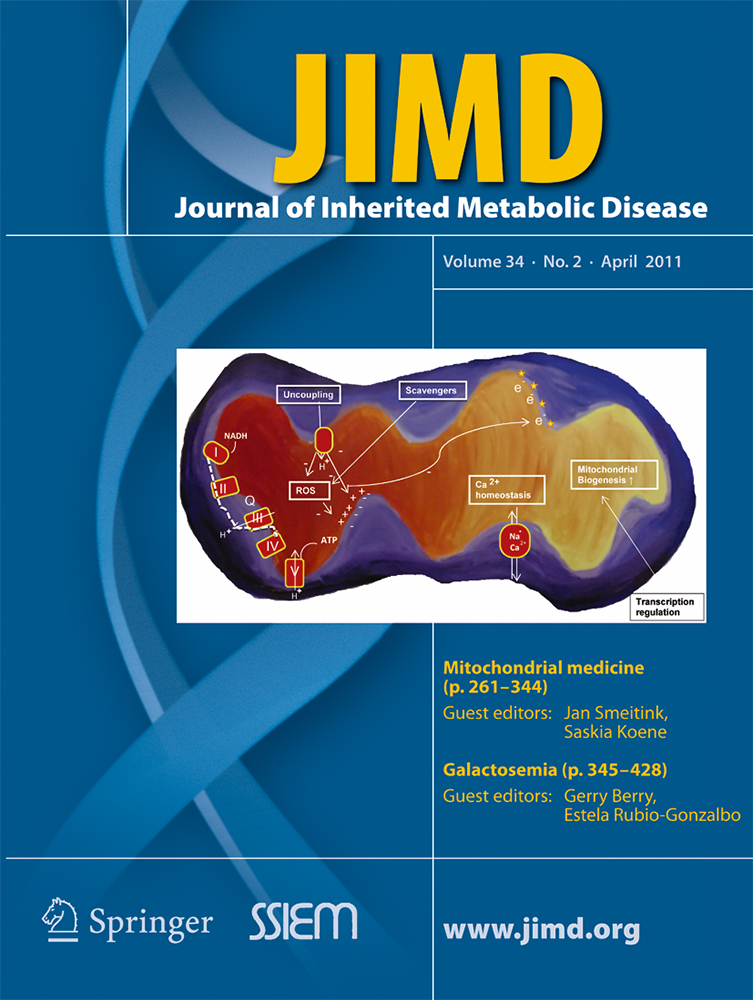Analysis of synaptic proteins in the cerebrospinal fluid as a new tool in the study of inborn errors of neurotransmission
Communicated by: Sedel Frederic
Competing interests: None declared.
Abstract
In a few rare diseases, specialised studies in cerebrospinal fluid (CSF) are required to identify the underlying metabolic disorder. We aimed to explore the possibility of detecting key synaptic proteins in the CSF, in particular dopaminergic and gabaergic, as new procedures that could be useful for both pathophysiological and diagnostic purposes in investigation of inherited disorders of neurotransmission. Dopamine receptor type 2 (D2R), dopamine transporter (DAT) and vesicular monoamine transporter type 2 (VMAT2) were analysed in CSF samples from 30 healthy controls (11 days to 17 years) by western blot analysis. Because VMAT2 was the only protein with intracellular localisation, and in order to compare results, GABA vesicular transporter, which is another intracellular protein, was also studied. Spearman's correlation and Student's t tests were applied to compare optical density signals between different proteins. All these synaptic proteins could be easily detected and quantified in the CSF. DAT, D2R and GABA VT expression decrease with age, particularly in the first months of life, reflecting the expected intense synaptic activity and neuronal circuitry formation. A statistically significant relationship was found between D2R and DAT expression, reinforcing the previous evidence of DAT regulation by D2R. To our knowledge, there are no previous studies on human CSF reporting a reliable analysis of these proteins. These kinds of studies could help elucidate new causes of disturbed dopaminergic and gabaergic transmission as well as understanding different responses to L-dopa in inherited disorders affecting dopamine metabolism. Moreover, this approach to synaptic activity in vivo can be extended to different groups of proteins and diseases.




